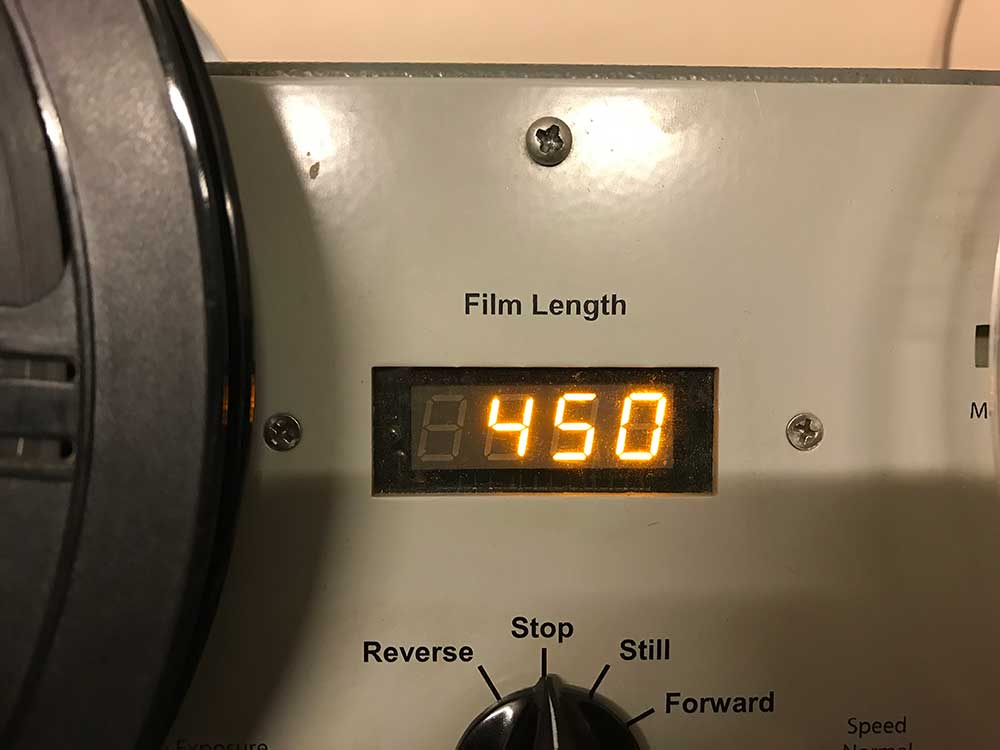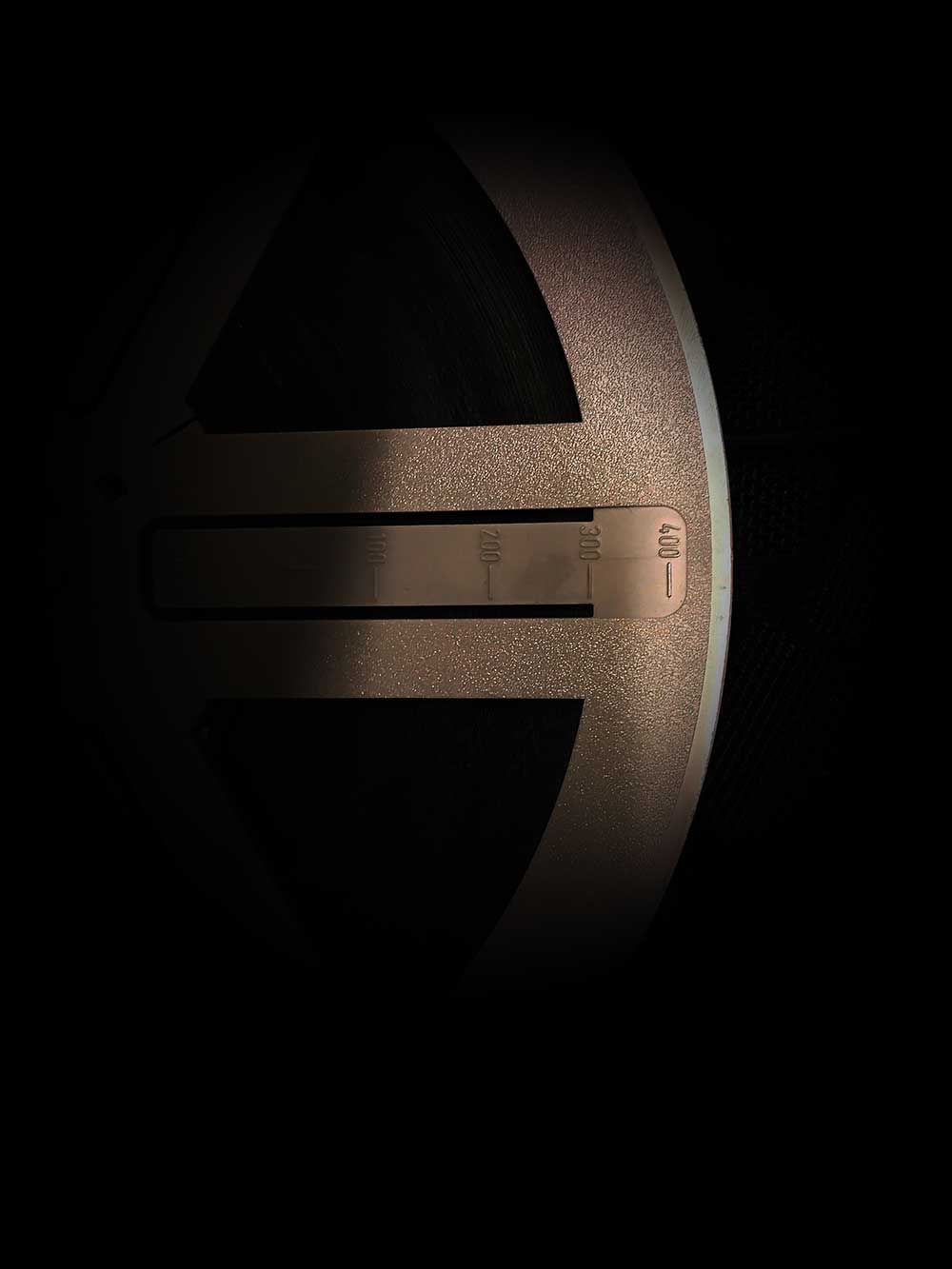Cine film transfer
Kodak super 8 EKTACHROME Film
A classic is back
Kodak super 8 Ektachrome.
KODAK EKTACHROME 7294 Color Reversal Film in Super 8 will be available for orders on October 1, 2018, with Super 16mm coming soon. We’ve received glowing reviews from our customer assessments and are now excited for filmmakers worldwide to enjoy the clean, vibrant colors, neutral tone scale, and extremely fine grain KODAK EKTACHROME Film offers.
We will continue to update this page with product availability and media coverage, so please check back often.
Video Image productions will be stocking Kodak super 8 Ektachrome. film stock at the moment we don’t have any idea of what the pricing will be.
We also provide a super 8 film scanning service.
16mm sound film conversion to Pro Res
16mm sound film to Pro Res.
At present Video Image Productions are in the process of converting 16mm film to Apple Pro Res format for a Hovercraft Museum.

I took the picture at the Museum of this monster. This hovercraft used to run between Dover and Calais.

A 16mm sound film refers to a motion picture film format that is 16 millimeters wide and includes a soundtrack for synchronized sound. The 16mm film format has been widely used in both professional and amateur filmmaking.
In the early days of cinema, 16mm film was primarily used for non-theatrical purposes, such as educational films and home movies. However, with the advent of synchronized sound technology, 16mm sound film became more prevalent for various applications.
Here are some key points about 16mm sound film:
- Soundtrack: 16mm sound film includes a magnetic or optical soundtrack that carries the audio information. The soundtrack runs parallel to the filmstrip and is typically located on the edge of the film.
- Professional Use: While 16mm film started as a format for amateur filmmakers, it found its way into professional use for certain applications. For example, documentaries, newsreels, and some independent films were shot on 16mm.
- Amateur Filmmaking: Many enthusiasts and amateur filmmakers used 16mm film for shooting home movies, as it provided a more accessible and affordable option compared to larger film formats.
- Magnetic and Optical Sound: The soundtrack on 16mm sound film could be either magnetic or optical. Magnetic soundtracks used a magnetic coating on the film to record audio, while optical soundtracks employed variations in light intensity to represent sound.
- Decline in Use: With the rise of digital technology and high-definition video, 16mm film has seen a decline in use for mainstream filmmaking. However, it still holds historical and artistic significance, and some filmmakers continue to use it for its unique aesthetic qualities.
- Archival Challenges: Preserving and restoring 16mm sound film can be challenging due to issues such as deterioration of the film stock and potential degradation of the sound elements. Archivists and preservationists often work to digitize and restore these films for future generations.
In summary, 16mm sound film refers to a motion picture format that combines a 16mm filmstrip with synchronized sound, either through a magnetic or optical soundtrack. While it has seen a decline in mainstream use, it remains relevant in certain niche applications and holds historical value in the world of filmmaking.
Picture above showing the 16mm sound films to be converted to Apple Pro Res.
Kodak Super 8 movie camera
Kodak Super 8 movie camera.
Kodak has announced that it will be making a brand new super 8 movie camera.
Features.
It will incorporate a flip out LCD monitor.
The lens will be C-Mount. This will make the camera be able to accept interchangeable c mount lenses. This is a big thing to film makers.
It will have an audio record input.
The Kodak super 8 movie camera will use the same cartridge system of old.
Larger film gate almost 11 percent.
Estimated price will be between $2,500 to $3000 US dollars.
Conclusion.
This price is very high for a super 8 camera. I would suggest that for this type of money you go the 16mm route.
8mm film lengths on reels
8mm film lengths on reels.

The original Super 8 and Standard 8 cine films which came in a plastic cassette and were 50ft long reels.
These films were then either left as 50ft reels or spliced into the following reel lengths for projection purposes.
50ft reel 3 Inch diameter reel.
200ft reel 5 inch diameter reel.
400ft reel 7 Inch diameter reel.
For Information on 16mm film

Sometimes on the larger reels there is ruler marks on the side of the reel showing feet and another showing meters. This tends to be more common on the 400ft reels.
If you have any problems working out the length of your super 8 standard 8 and 16mm cine reels please contact us and we will do our best to help.
Contact page. Contact us.
16mm Bolex camera winding
16mm Rolex camera. Video Below showing my Bolex 16mm clockwork film camera still working very well. Not bad considering its a 1960’s camera.
Swiss engineering for you.
The 16mm Bolex camera is a brand of motion picture cameras, including those designed for 16mm film. The Bolex 16mm cameras, particularly the Bolex H16, have been widely used by amateur and professional filmmakers since their introduction in the 1930s. Here are some key features and aspects of the 16mm Bolex camera:
- Bolex H16 Model: The Bolex H16 is one of the most well-known models in the Bolex 16mm camera series. It became popular for its compact size, portability, and precision engineering.
- Spring-Drive Mechanism: One distinctive feature of Bolex cameras, including the H16, is the spring-driven mechanism. Instead of relying on batteries or external power sources, Bolex cameras use a hand-cranked spring drive for film transport and exposure.
- Interchangeable Lenses: Bolex cameras typically have a C-mount lens system, allowing users to interchange lenses. This feature provides flexibility in choosing lenses for different shooting scenarios.
- Variable Speed Control: Bolex H16 cameras often have variable speed control, allowing filmmakers to adjust the frame rate for creative effects or technical requirements.
- Compact Design: Bolex cameras are known for their compact and lightweight design. This made them suitable for handheld and documentary-style filmmaking.
- Manual Operation: Bolex cameras are primarily manual in operation. Filmmakers need to manually crank the spring for film transport and exposure. This manual aspect is considered an advantage by some filmmakers who appreciate the hands-on control.
- Legacy and Influence: Bolex cameras, especially the H16, have left a significant mark on the history of filmmaking. They were widely used by filmmakers such as Jean-Luc Godard and Dziga Vertov, and they played a role in the development of independent and avant-garde cinema.
- Availability and Collectibility: While 16mm film has seen a decline in mainstream use, Bolex cameras remain popular among collectors, enthusiasts, and some independent filmmakers who appreciate the unique qualities and craftsmanship of these cameras.
It’s worth noting that Bolex has produced various models over the years, and different models may have specific features or improvements. The Bolex H16, however, is often recognized as a classic and iconic 16mm camera.
For Information on Super 8 movie cameras.